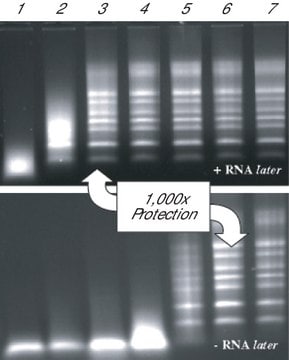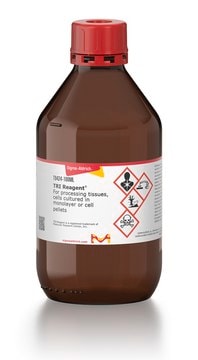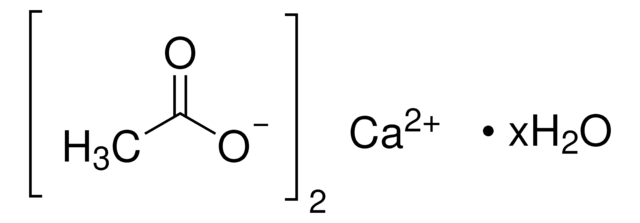S2127
Carbonate de sodium
ReagentPlus®, ≥99.5%
Synonyme(s) :
Acide carbonique, sel disodique, Carbonate de soude, Soude calcinée
About This Item
Produits recommandés
Qualité
reagent
Niveau de qualité
Agence
suitable for EPA 300
suitable for SM 2310
suitable for SM 2320
Gamme de produits
ReagentPlus®
Essai
≥99.5%
Forme
powder (granular)
pH
12 (25 °C, 106 g/L)
pKa (25 °C)
(1) 6.37, (2) 10.25 (carbonic acid)
Pf
851 °C (lit.)
Chaîne SMILES
O=C(O[Na])O[Na]
InChI
1S/CH2O3.2Na/c2-1(3)4;;/h(H2,2,3,4);;/q;2*+1/p-2
Clé InChI
CDBYLPFSWZWCQE-UHFFFAOYSA-L
Vous recherchez des produits similaires ? Visite Guide de comparaison des produits
Description générale
Application
- A sintering aid with the ZnO (zinc oxide) for the preparation of BaCe0.5Zr0.3Y0.2O3−δ based composite electrolyte material by solid-state reaction.
- A co-precipitating agent for the synthesis of stable iron oxide nanoparticles from a stoichiometric combination of Fe(II) and Fe(III) salts.
- A catalyst for the etherification of glycerol to polyglycerols.
Actions biochimiques/physiologiques
Informations légales
Mention d'avertissement
Warning
Mentions de danger
Conseils de prudence
Classification des risques
Eye Irrit. 2
Code de la classe de stockage
13 - Non Combustible Solids
Classe de danger pour l'eau (WGK)
WGK 1
Point d'éclair (°F)
Not applicable
Point d'éclair (°C)
Not applicable
Faites votre choix parmi les versions les plus récentes :
Déjà en possession de ce produit ?
Retrouvez la documentation relative aux produits que vous avez récemment achetés dans la Bibliothèque de documents.
Les clients ont également consulté
Protocoles
Measure and compare the activity of proteases with this non-specific protease activity assay using casein. Use this assay as a standardized procedure to determine the activity of proteases for quality control.
Notre équipe de scientifiques dispose d'une expérience dans tous les secteurs de la recherche, notamment en sciences de la vie, science des matériaux, synthèse chimique, chromatographie, analyse et dans de nombreux autres domaines..
Contacter notre Service technique







